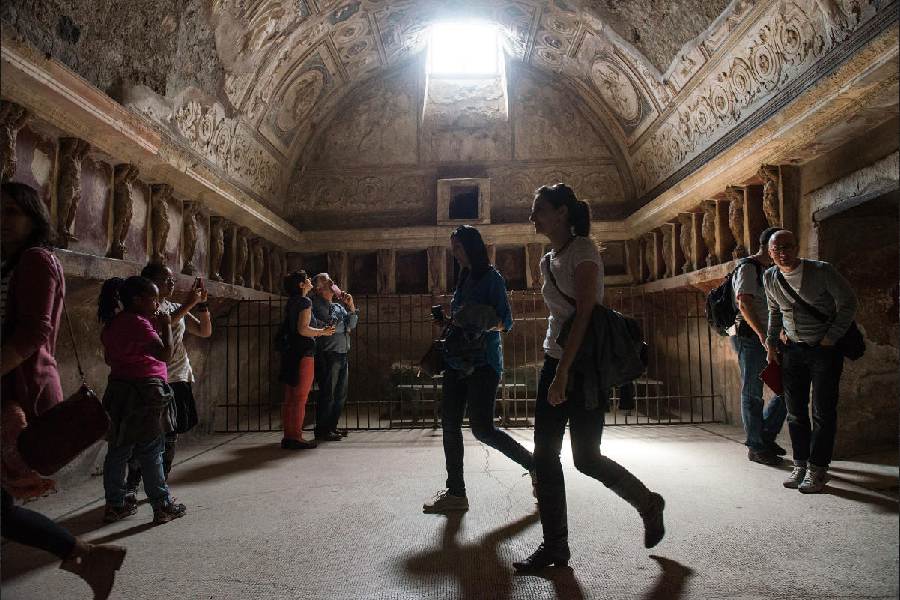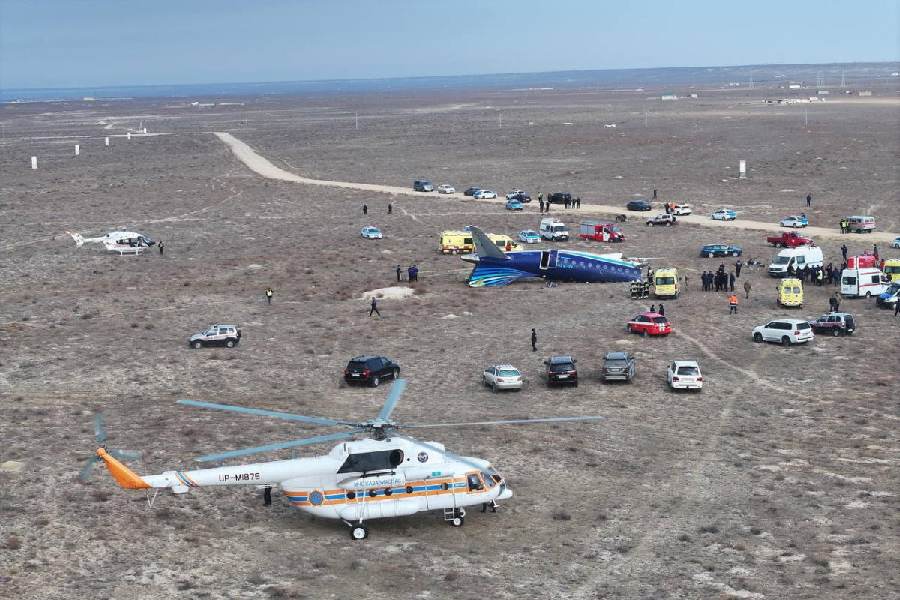Pompeii was destroyed by the catastrophic eruption of Mount Vesuvius in AD 79, entombing residents under layers of volcanic ash. But there is more to this story of an ancient Roman city’s doom.
Research published on Thursday in the journal Frontiers in Earth Science offers proof that Pompeii was simultaneously wrecked by a massive earthquake. The discovery establishes a new timeline for the city’s demise and shows that fresh approaches to research can reveal additional secrets from well-studied archaeological sites.
Researchers have always had an inkling that seismic activity contributed to the city’s destruction. The ancient writer Pliny the Younger reported from his vantage point in a nearby town that the eruption of Vesuvius had been accompanied by violent tremors. But, until now, no evidence had been discovered to support this historical account. A team of researchers led by Domenico Sparice from Italy’s National Institute of Geophysics and Volcanology decided to investigate this gap in the record.
Sparice said that excavations of Pompeii to date had not included experts in the field of archaeoseismology, which deals with the effects of earthquakes on ancient buildings. Contributions from specialists in this area were key to the discovery, he said.
“The effects of seismicity have been speculated by past scholars, but no factual evidence has been reported before our study,” Sparice said, adding that the finding was “very exciting”.
The team focused on the Insula of the Chaste Lovers. This area encompasses several buildings, including a bakery and a house where painters were evidently interrupted by the eruption, leaving their frescoes uncoloured. After excavation and careful analysis, the researchers concluded that walls in the insula had collapsed because of an earthquake.
First, they ruled out hazards such as falling debris as a primary cause of the destruction — a deposit of stones under the wall fragments in the insula suggested it did not crumble during the eruption’s initial stage. Then they compared the damage to known effects of seismic destruction — for example, on historical buildings.
The excavation also revealed a pair of skeletons covered with wall fragments in the insula. One skeleton even showed signs of having attempted to take cover. According to the researchers, bone fracture patterns and crushing injuries observed in modern earthquake victims are evidence that these unfortunate Romans were killed by a building collapse.
The end result is an updated timeline of Pompeii’s epic demise: First, volcanic lapilli (small stones) rained down for 18 hours, causing many roofs to collapse and killing people who sought shelter.
Then, an earthquake triggered by the eruption violently rocked the city, killing even more residents. Finally, massive flows of ash and debris streamed through the city streets, sealing Pompeii’s fate for eternity.
Kevin Dicus, an archaeologist at the University of Oregon who has participated in excavations of Pompeii, said the new evidence is “amazing” and shows how interdisciplinary approaches can lead to new discoveries.
“The evidence is always there — it just takes new questions, and new eyes, to look for it,” he said. “Archaeology shouldn’t be an entirely insular profession.”











